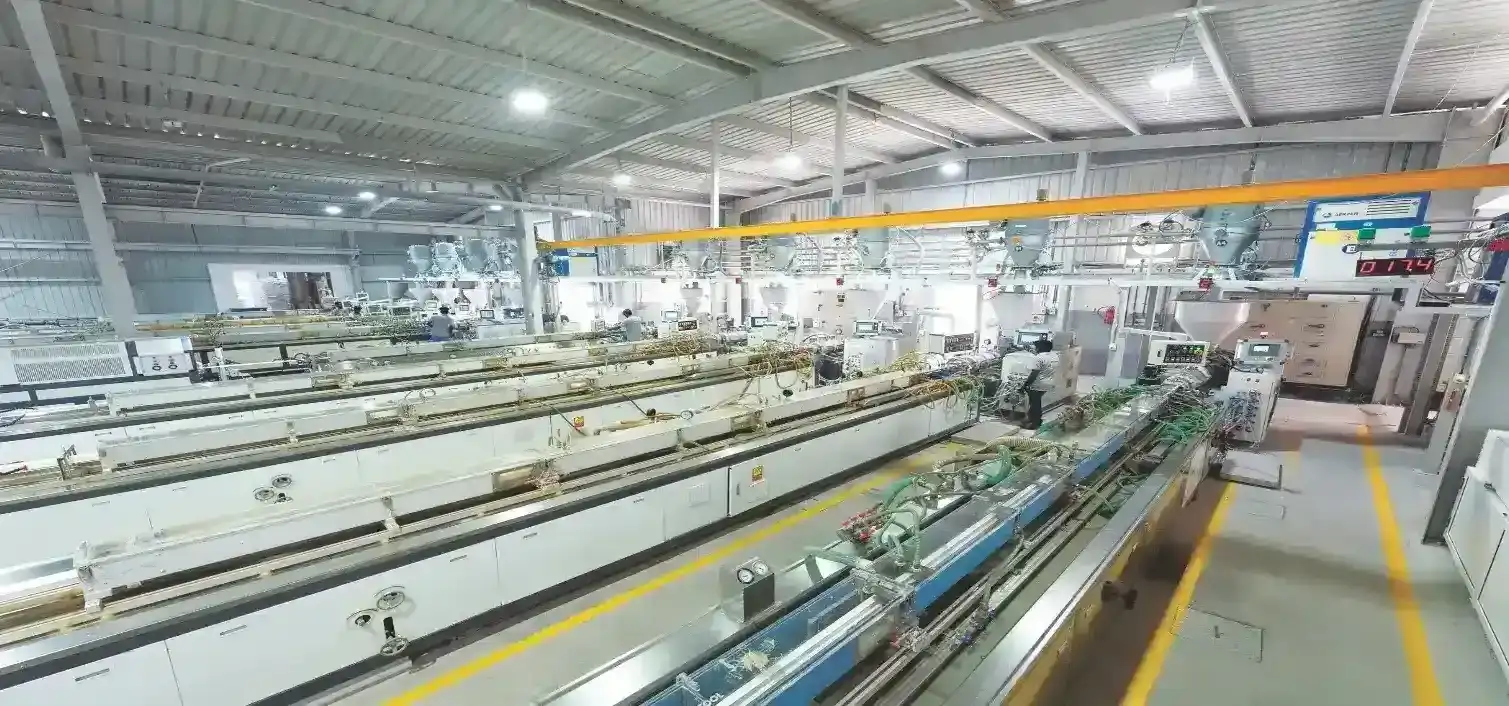In today’s rapidly evolving construction landscape, building facades are no longer viewed as static cladding systems—they are dynamic interfaces that influence energy performance, user comfort, and long-term operational efficiency. As urban areas aim to become more sustainable, the facade plays a critical role in ensuring that buildings meet both environmental targets and design ambitions.
A well-designed facade system is a balancing act between form and function. Beyond aesthetics, facades impact thermal insulation, natural lighting, air infiltration, and acoustics. In the context of global climate goals, the focus is shifting toward facades that are not just high-performing but also intelligent, adaptive, and sustainable.
The Rise Of Eco-Conscious Facade Materials
Sustainable facade design starts with the materials. Architects and engineers are moving toward low-impact, recyclable, and locally sourced materials that support circularity. Innovations in glass technology, such as dynamic glazing, low-E coatings, and vacuum-insulated panels, allow for optimal daylighting while reducing solar gain. Similarly, the use of aluminium systems with high recycled content, terracotta, and bio-based composites is gaining traction as the industry rethinks embodied carbon in facades.
Material selection today is not solely about durability or finish. It’s about life-cycle performance, carbon footprint, and adaptability to changing environmental conditions.

Smarter Facades Through IOT And Automation
As the built environment embraces digital transformation, IoT-enabled facade systems are pushing the envelope—literally. Smart windows that adjust tint based on sunlight, operable louvers controlled by occupancy sensors, and facade-integrated photovoltaics (BIPV) are no longer future concepts—they’re being deployed in real-world projects.
These intelligent systems not only enhance occupant comfort but also contribute to energy efficiency by responding in real time to external and internal conditions. The integration of sensors allows building operators to monitor facade performance metrics like temperature differentials, condensation risks, and infiltration patterns, leading to more informed maintenance and operational decisions.
Digital Twins And BIM: Enhancing Facade Lifecycle Value
Building Information Modelling (BIM) has become standard practice in facade design and coordination. It allows for clash detection, precision in fabrication, and better collaboration between architects, consultants, and contractors. But the real game-changer is the emergence of digital twins—a living, data-driven replica of the building. By integrating BIM data with real-time inputs from sensors and monitoring systems, digital twins allow stakeholders to simulate scenarios, optimize performance, and even predict facade deterioration before it occurs. This shift from reactive to predictive maintenance is a major advancement for large, complex facades, particularly in high-rise and infrastructure projects where access and repair costs are significant.

Performance Testing: The Missing Link In Sustainability
Even the most advanced facade system can underperform without proper validation. Performance testing, both in the lab and on-site, is critical to ensure that facades meet design expectations in areas such as water tightness, air leakage, thermal bridging, and structural movement.
Tests such as water hose testing (AAMA 501.2), air permeability, and dynamic structural tests verify real-world performance and compliance with international standards. Moreover, they provide crucial feedback loops for designers and manufacturers to refine systems before large-scale deployment.
I have firsthand seen how early-stage testing not only improves facade durability but also helps reduce lifecycle emissions by minimizing retrofit needs down the line.

Toward A Holistic, Resilient Facade Strategy
Sustainable facades are not built in isolation. They are the product of collaboration between disciplines—architectural, mechanical, structural, and digital. As climate volatility increases, facades must become more resilient: able to withstand extreme weather, adapt to changing usage patterns, and support decarbonization pathways.
Future-forward facade strategies will likely involve:
- Greater adoption of modular, prefabricated panels to reduce waste.
- Use of AI for predictive performance modelling.
- Inclusion of carbon-tracking tools to assess real-time emissions.
- Emphasis on retrofitting existing facades to accelerate the net-zero transition.
Conclusion: The Facade As A Catalyst For Change
The facade has evolved from being a building’s outer skin to a critical driver of sustainability, comfort, and smart performance. It holds the potential to reduce operational costs, enhance indoor quality, and future-proof buildings against both regulatory and environmental shifts. As the industry continues to innovate, the facade will remain a canvas, not just for design, but for impact.
















